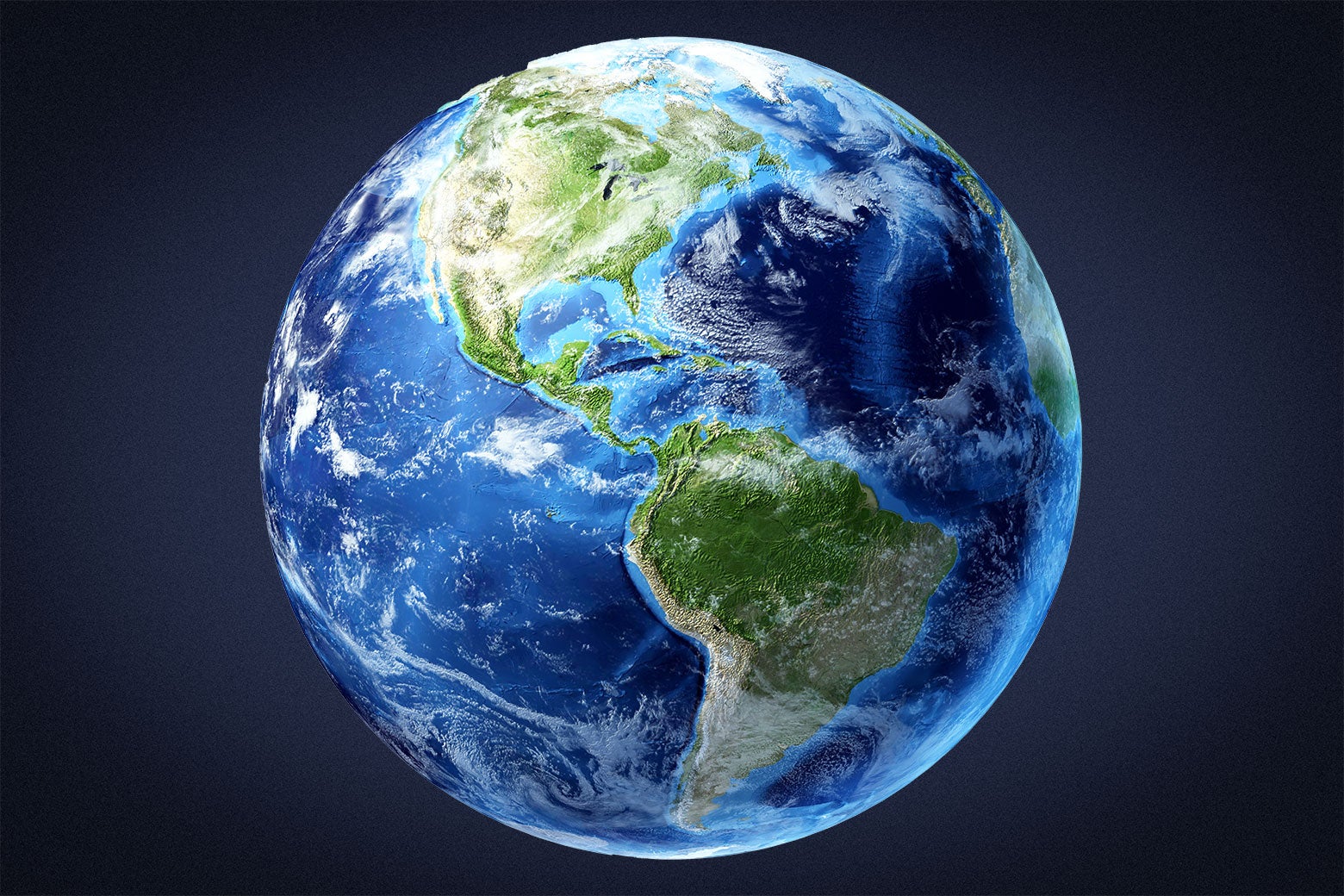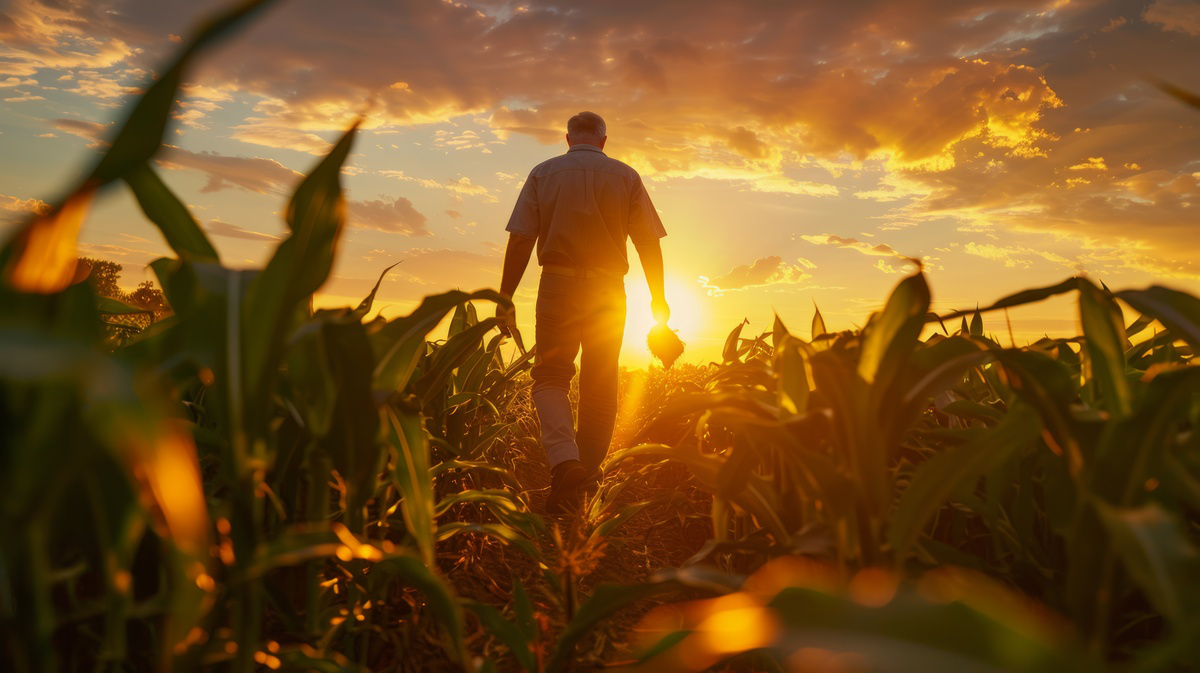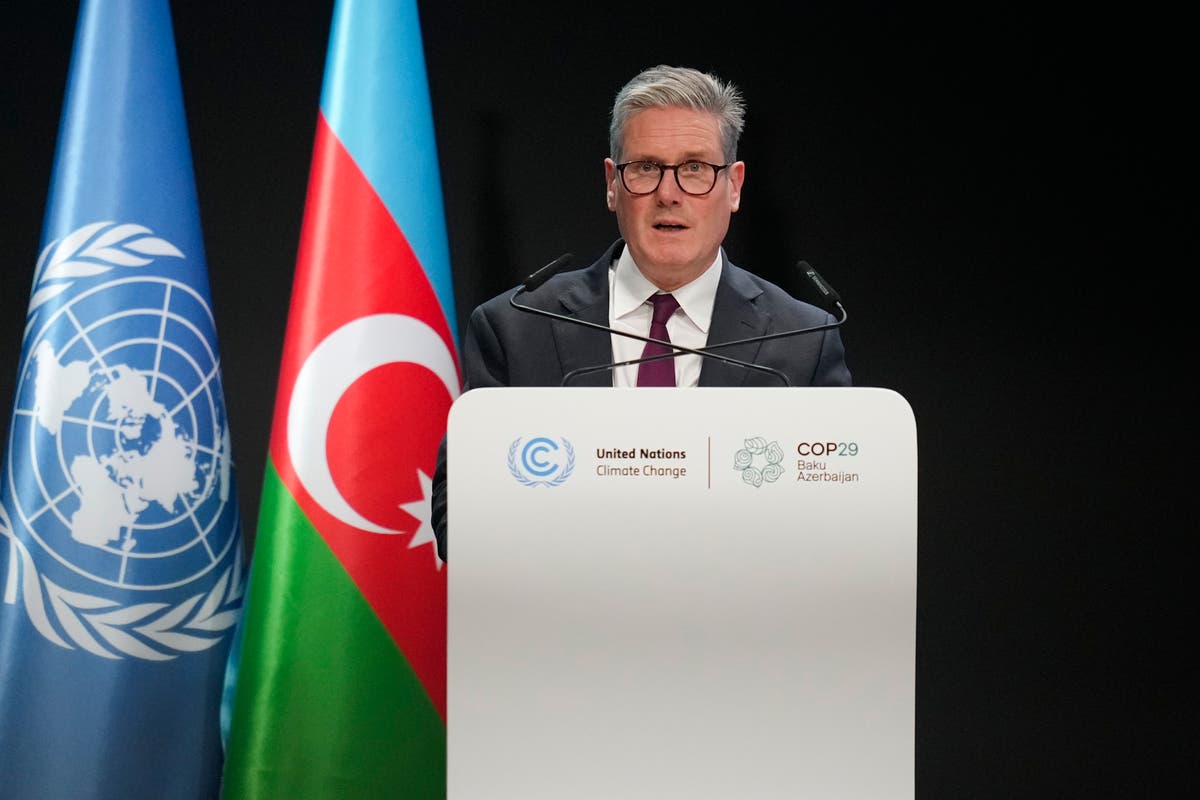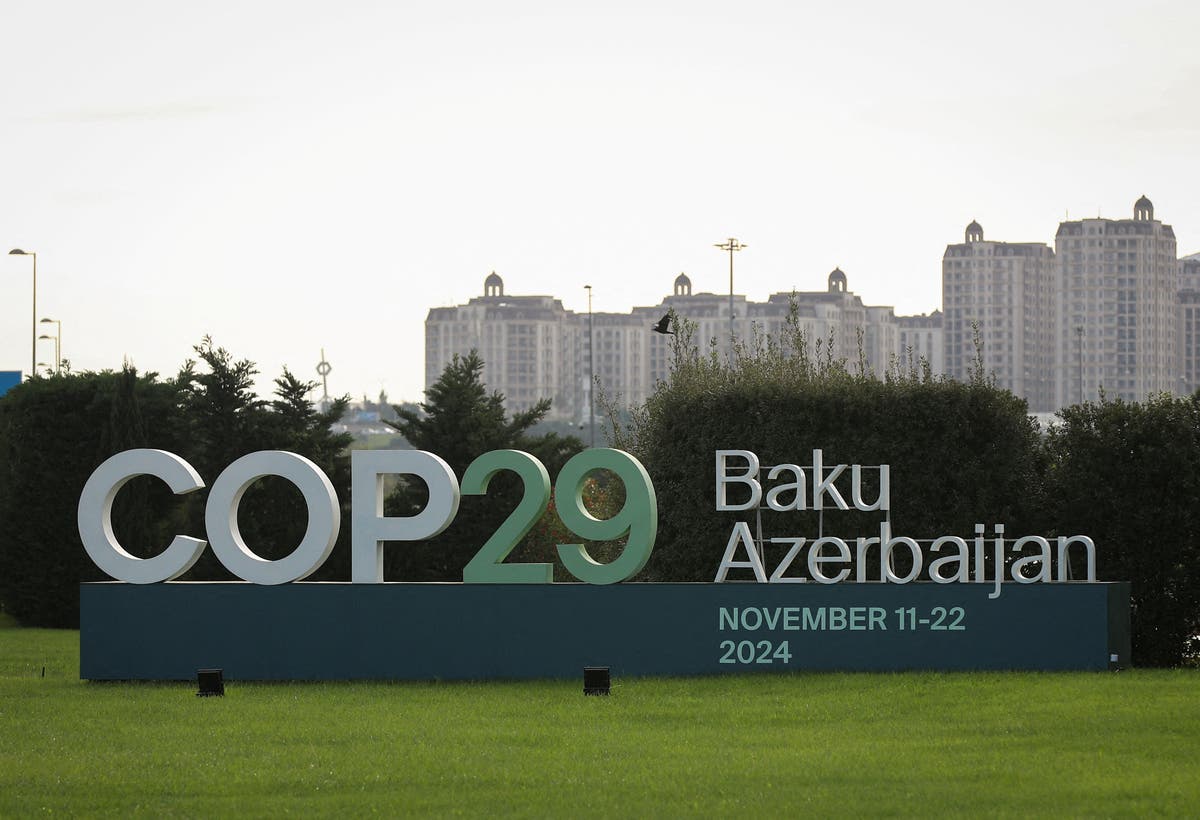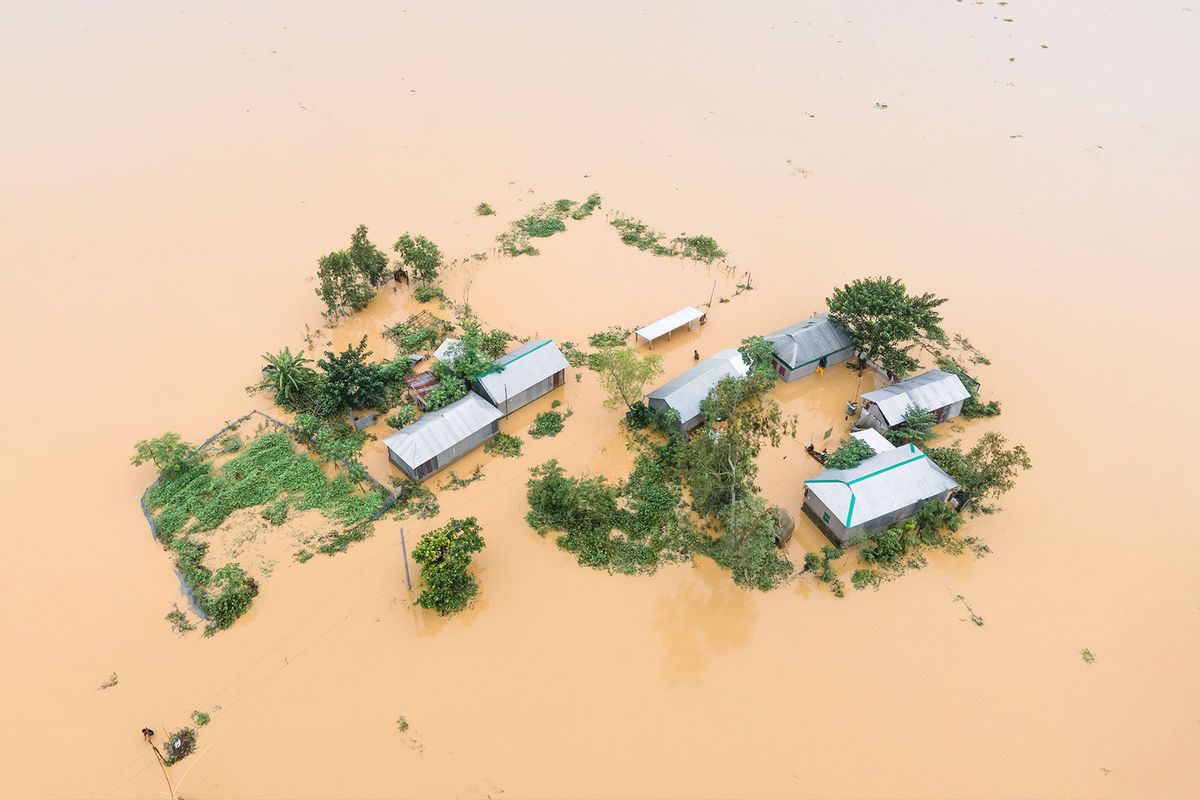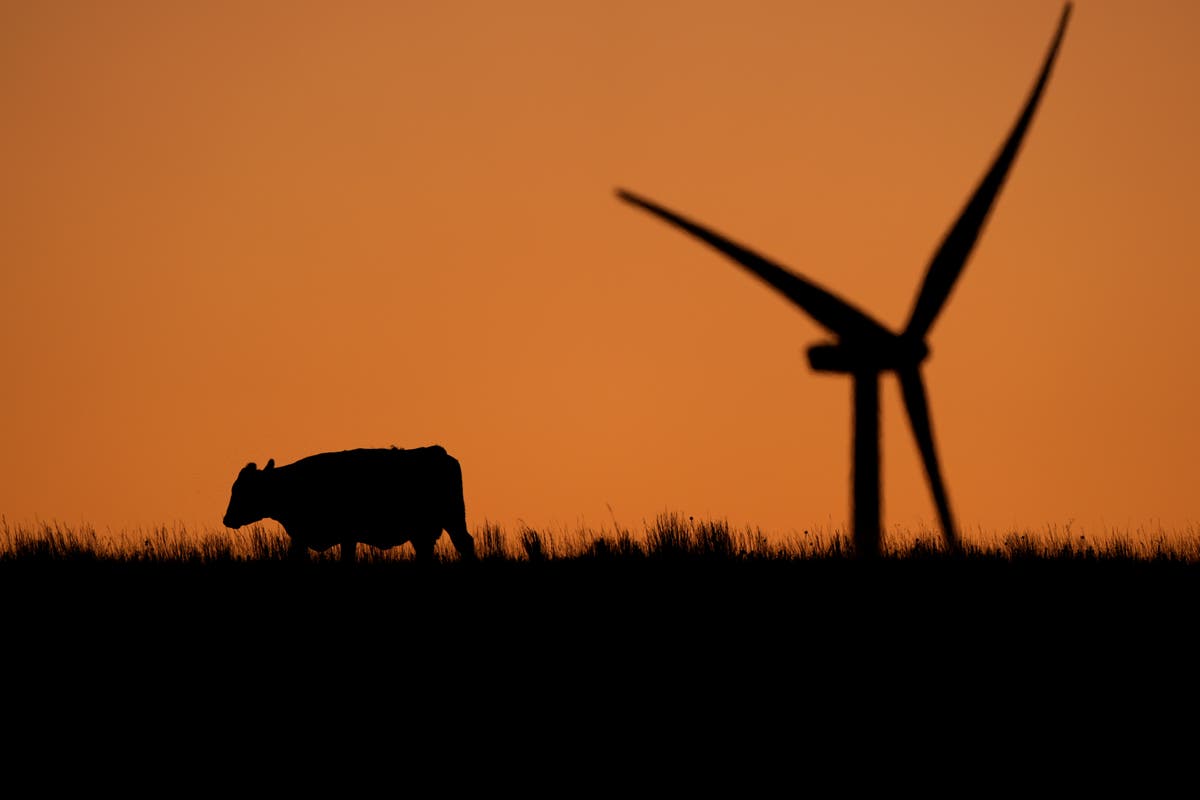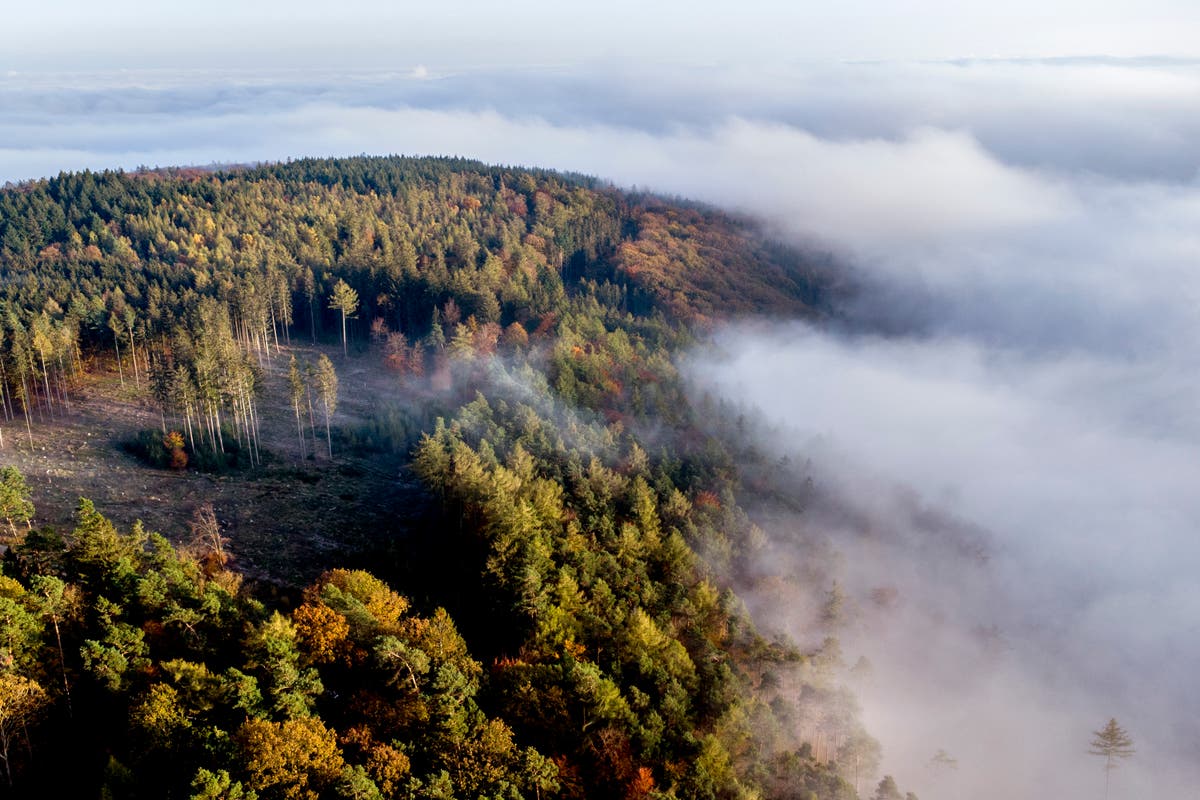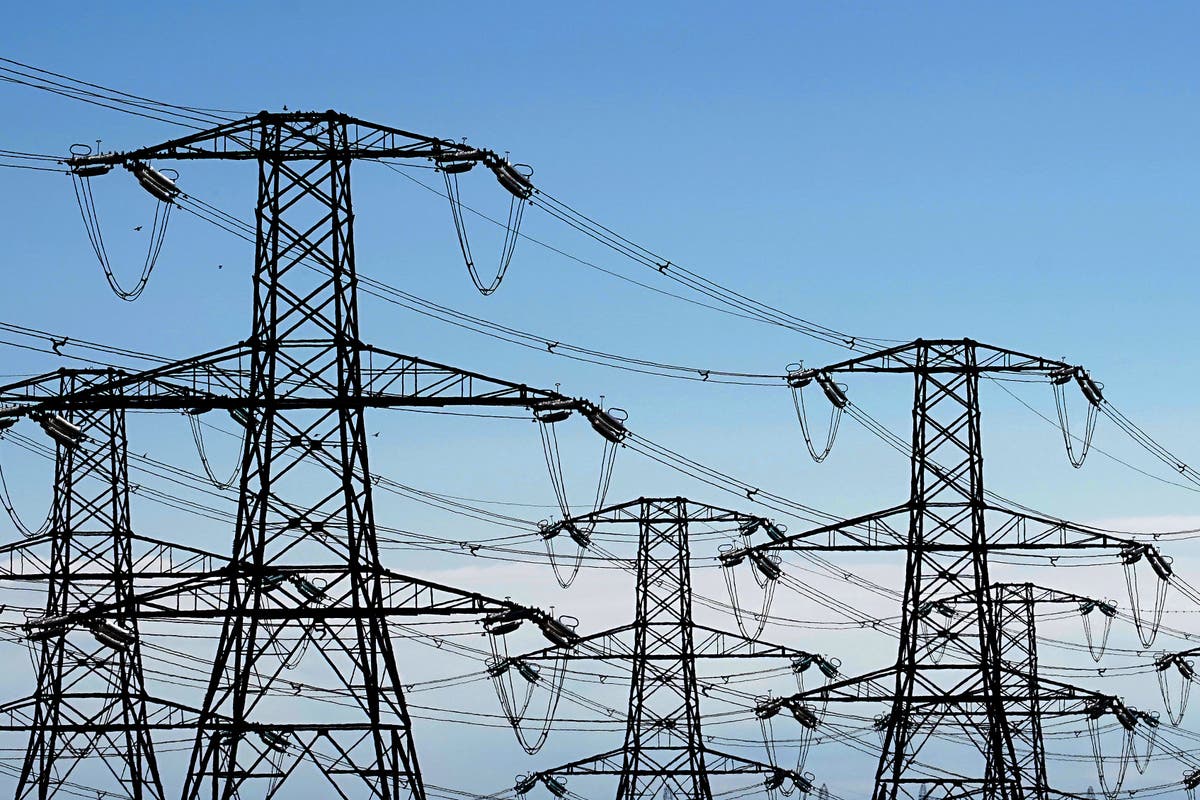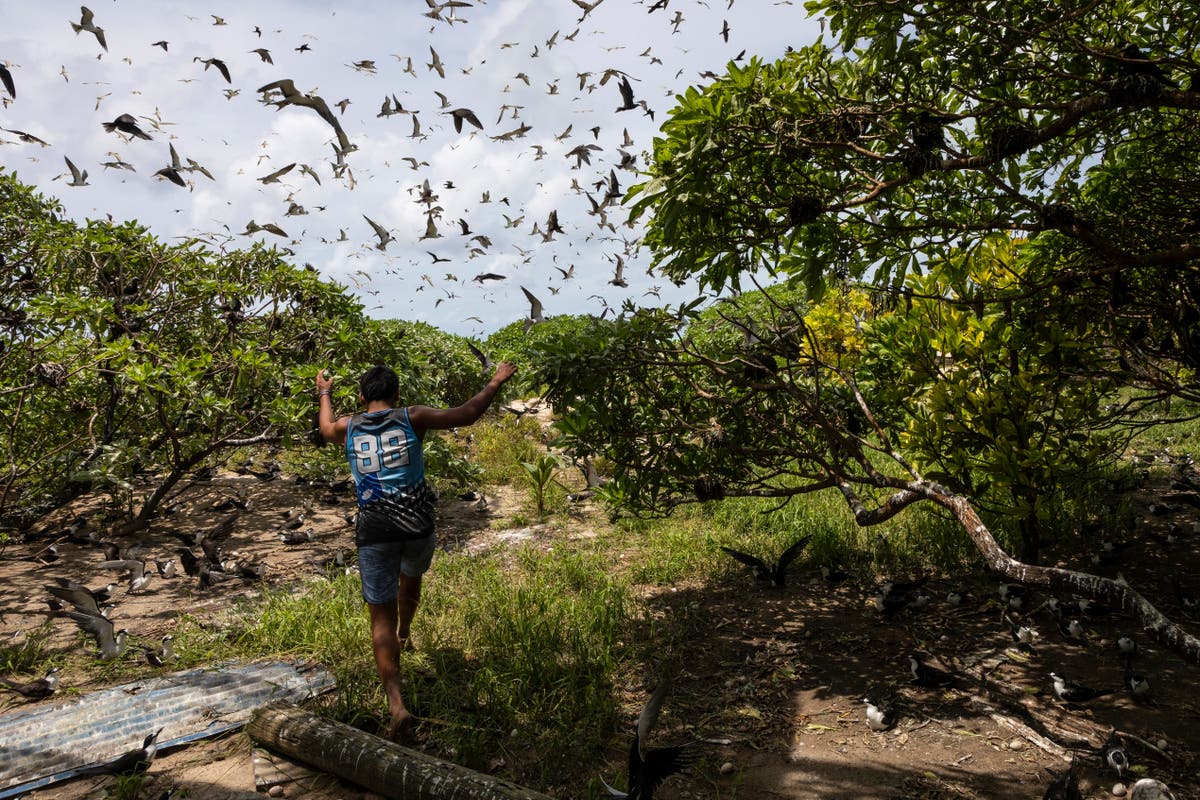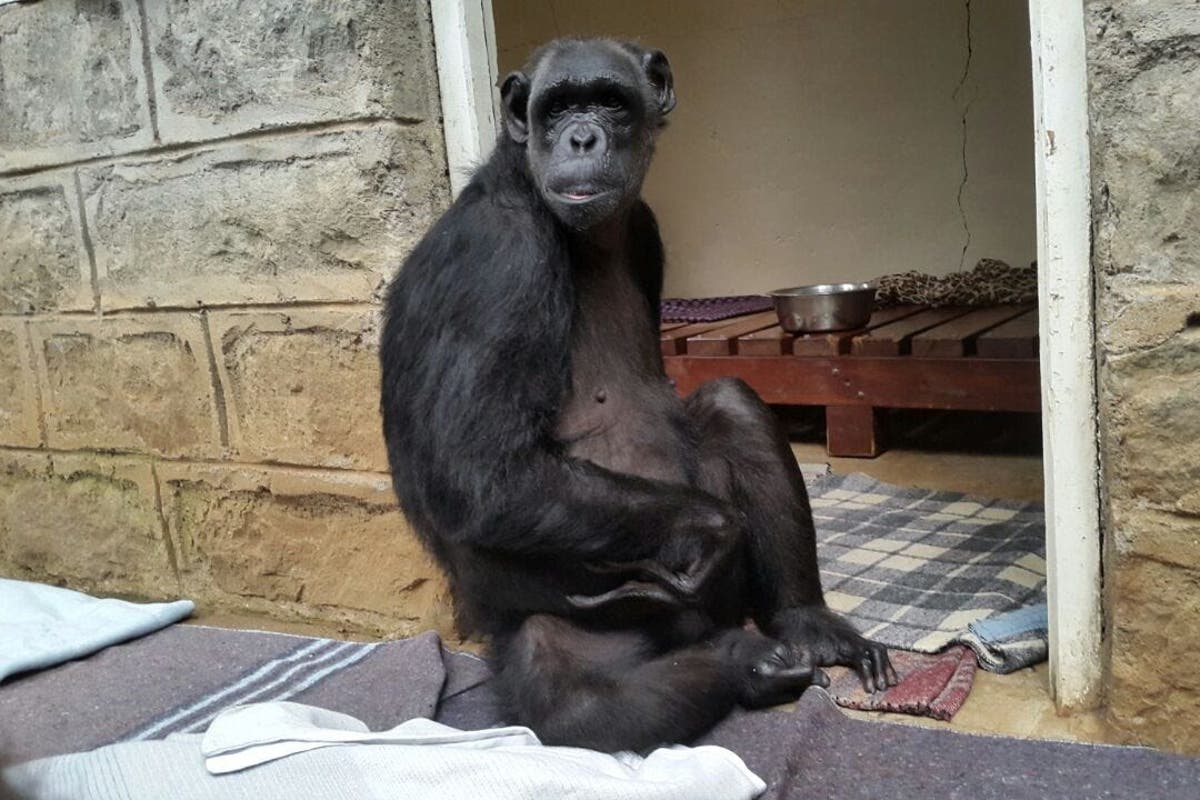
Global wildlife population declines by nearly three-quarters in half a century
The IndependentSign up to the Independent Climate email for the latest advice on saving the planet Get our free Climate email Get our free Climate email SIGN UP I would like to be emailed about offers, events and updates from The Independent. Read our privacy policy Nature is in “free fall” as a result of human activity, with global wildlife populations falling by nearly three quarters in 50 years, conservationists warn. open image in gallery The Amazon’s pink river dolphin has seen significant declines in populations, the report warns The Living Planet Index, which draws on data from 35,000 population trends and 5,495 species shows Latin America and the Caribbean have seen the fastest declines in wildlife, with average wildlife populations drop 95 per cent in 50 years. open image in gallery The report highlights some conservation successes such as the return of European bison It calls for more, and more effective, protected areas, for moves to support the rights of indigenous and local communities caring for their land, and “nature based solutions” such as agroforestry – integrating trees into farming – and restoring mangroves to cut emissions, boost nature and help people. open image in gallery More sustainable farming practices such as agroforestry are needed, the report says And WWF UK’s chief executive Tanya Steele warned that Britons were “inadvertently driving deforestation and nature loss through what we eat and through what we buy” in products imported from abroad.
History of this topic
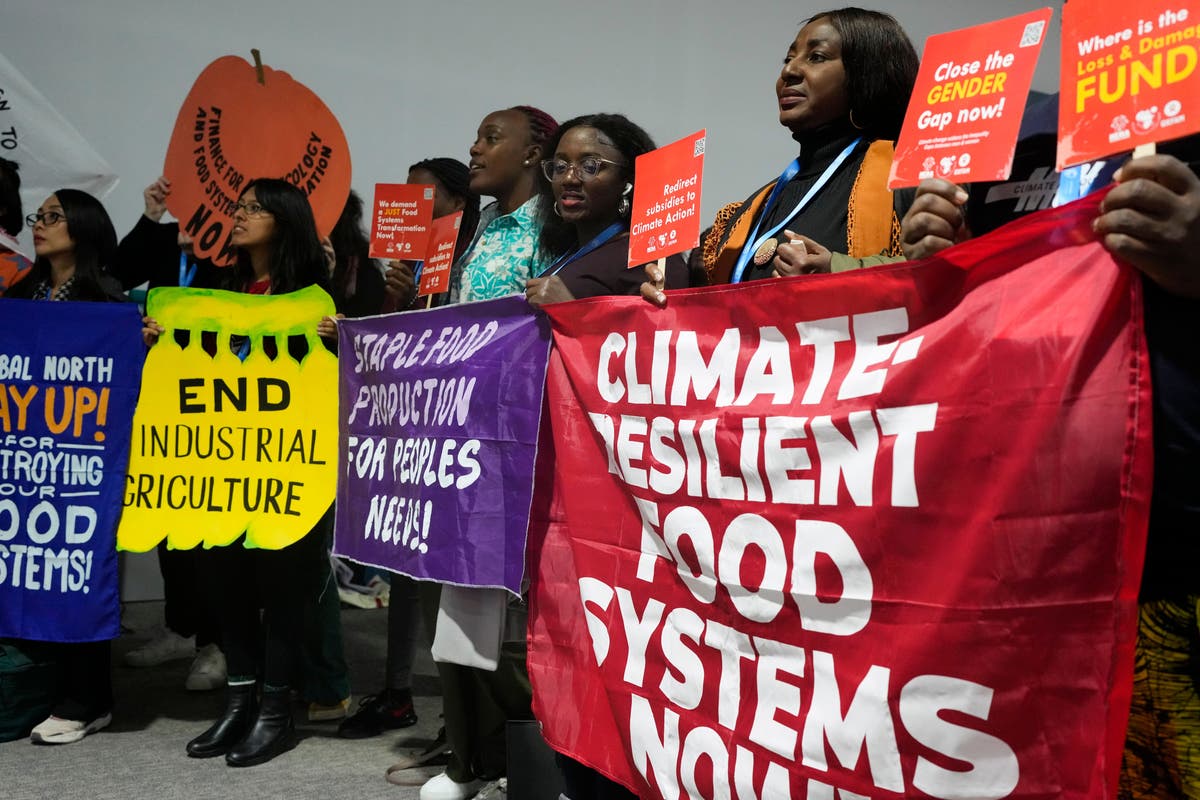
Lack of focus on nature and farming solutions at climate summit, say campaigners
The Independent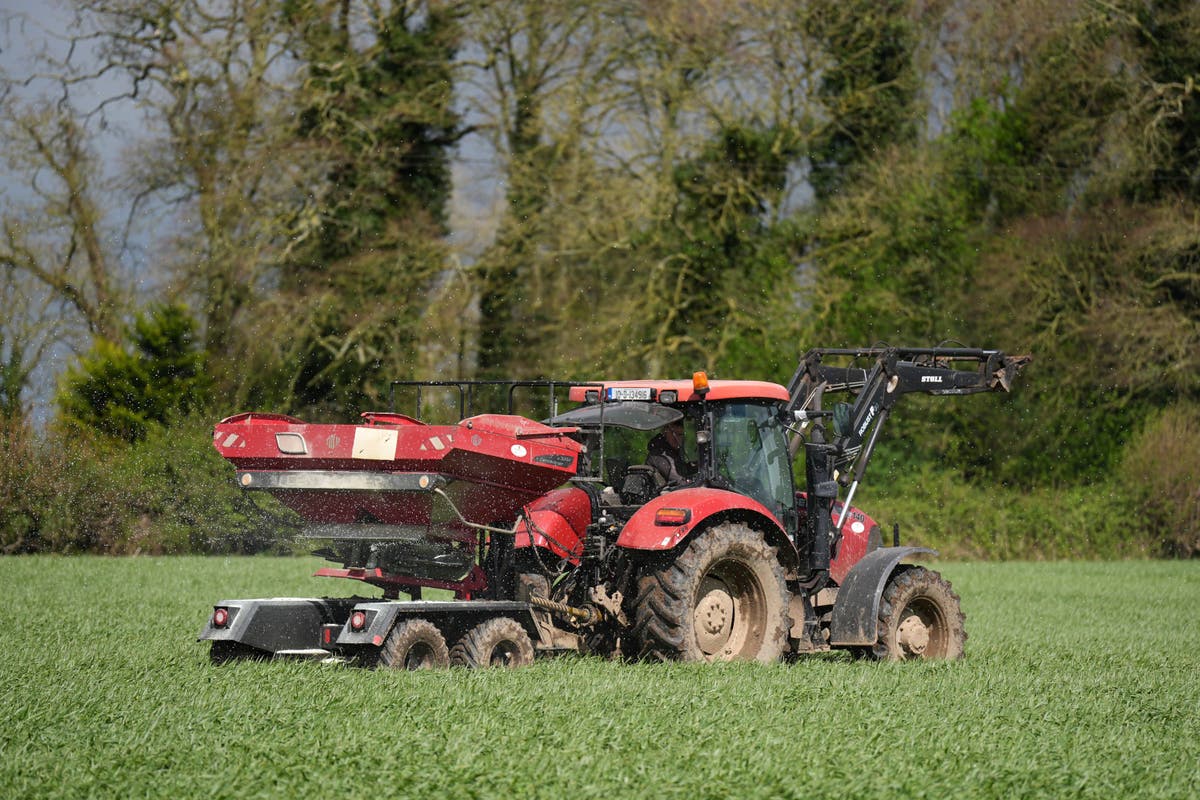
Warning of ‘monumental gap’ between farming budget and what is needed for nature
The Independent
Global wildlife numbers declined 73% since 1970, says WWF
The Hindu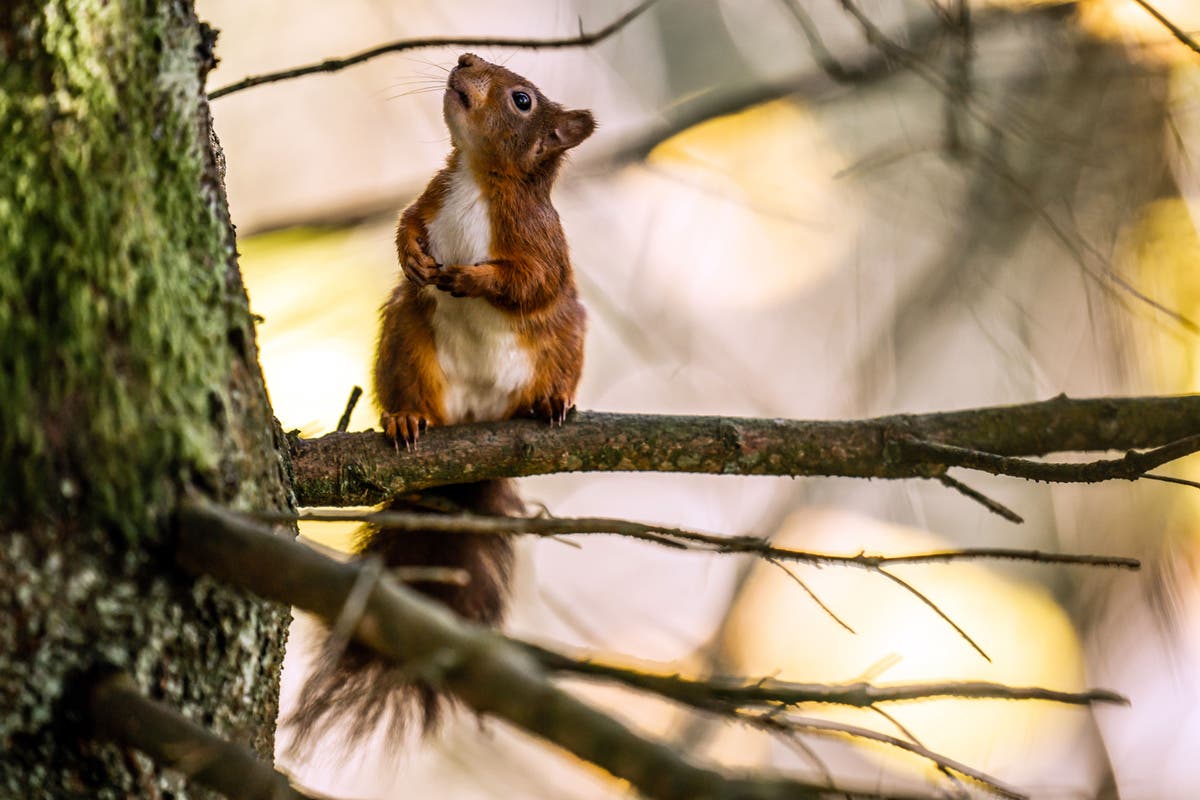
UK at risk of missing legally binding target to protect biodiversity – report
The Independent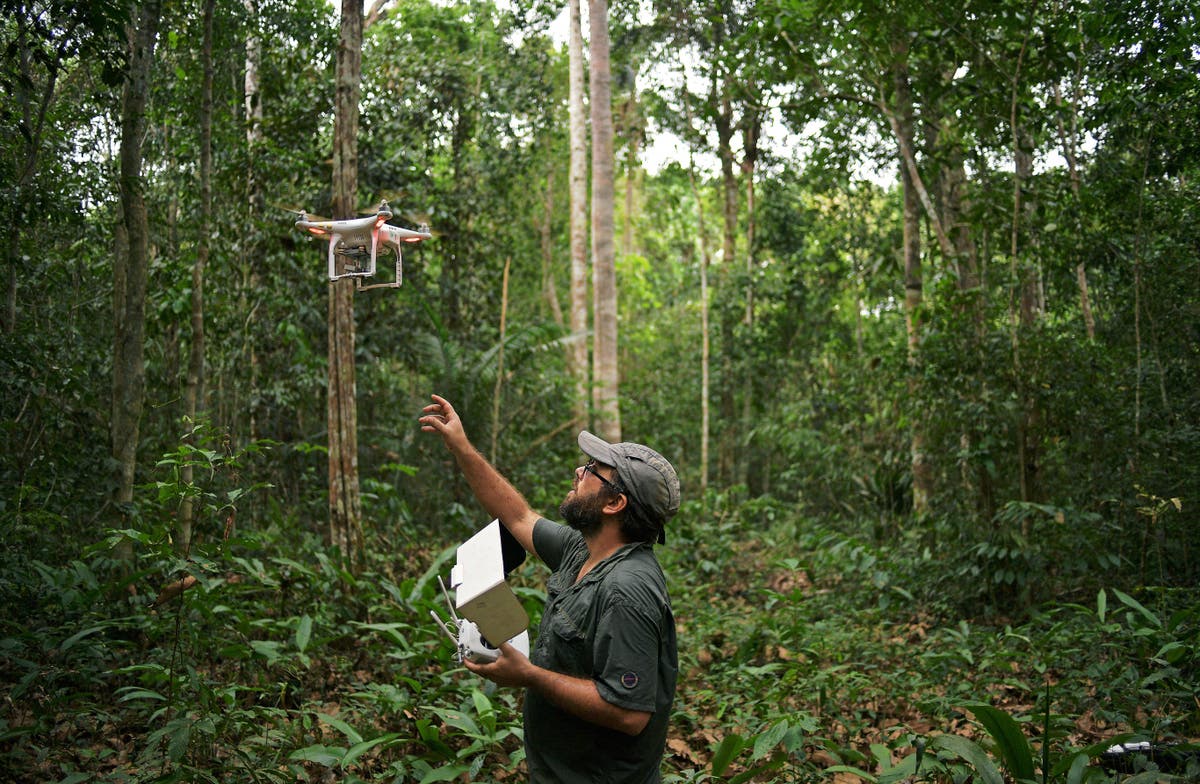
Conservation efforts are working to save species and protect biodiversity, study finds
The Independent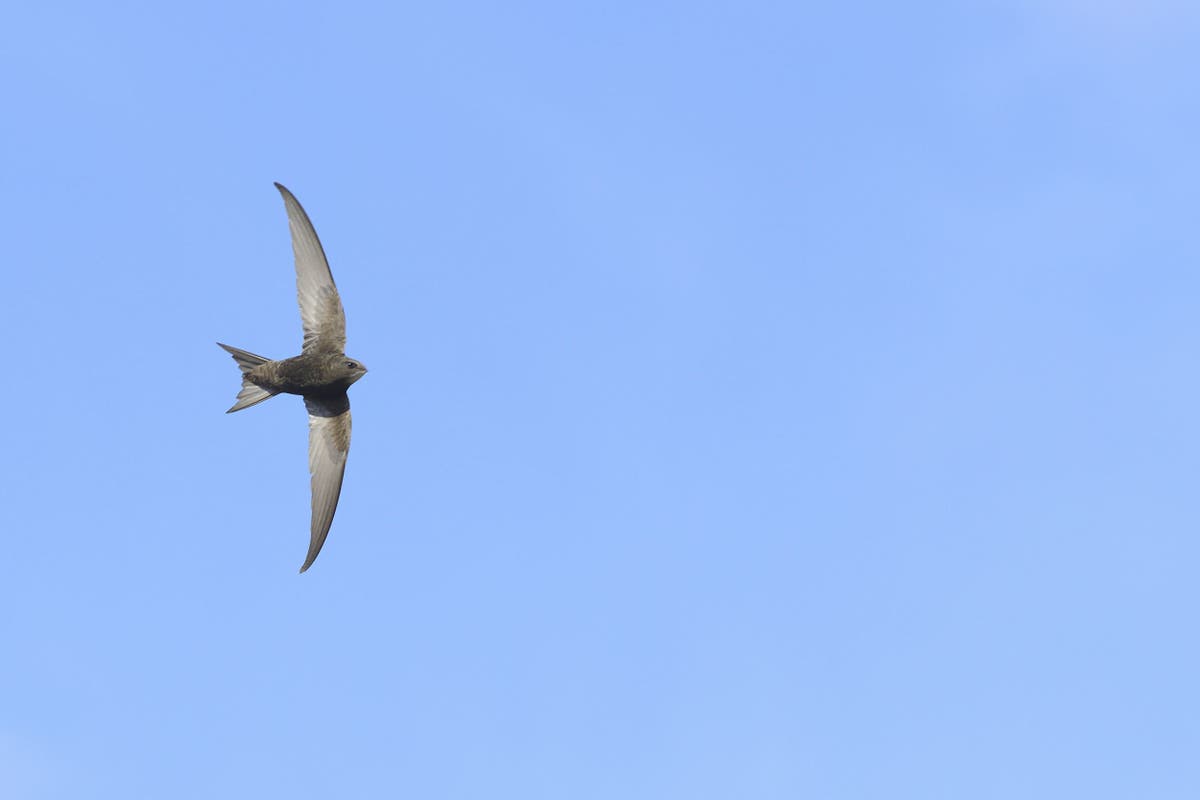
New report shows Scottish wildlife is on the decline
The Independent
Climate change threatens UK’s food, security and energy, says Government report
The Telegraph
Budget cuts undermine UK’s global influence on agriculture, report finds
The Independent
State of nature and wildlife continues to decline in the Netherlands, says WWF
NL Times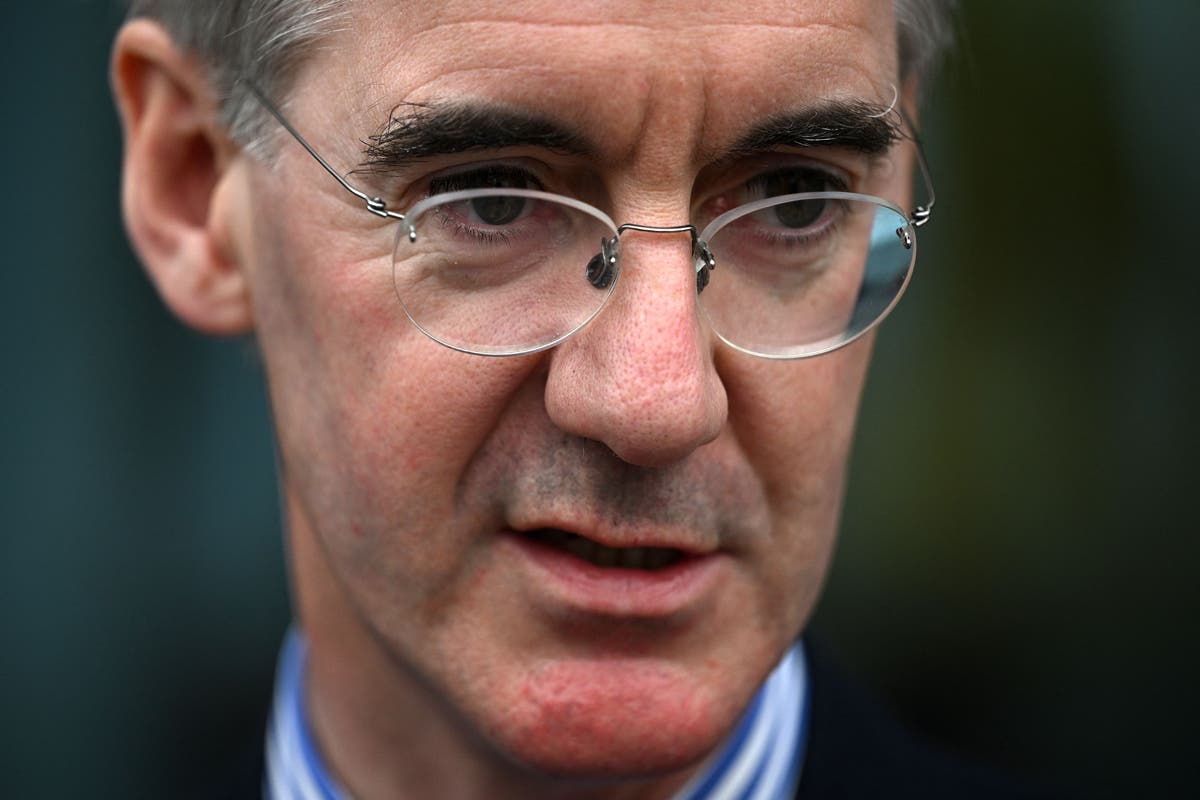
Stanley Johnson: To save Britain’s wildlife, MPs must kill the Brexit Bill
The Independent
Scientists warn U.N. summit to ‘avoid trade-offs’ between people and conservation needs
LA Times
UK risks ‘major embarrassment on global stage’ at UN biodiversity summit
The Independent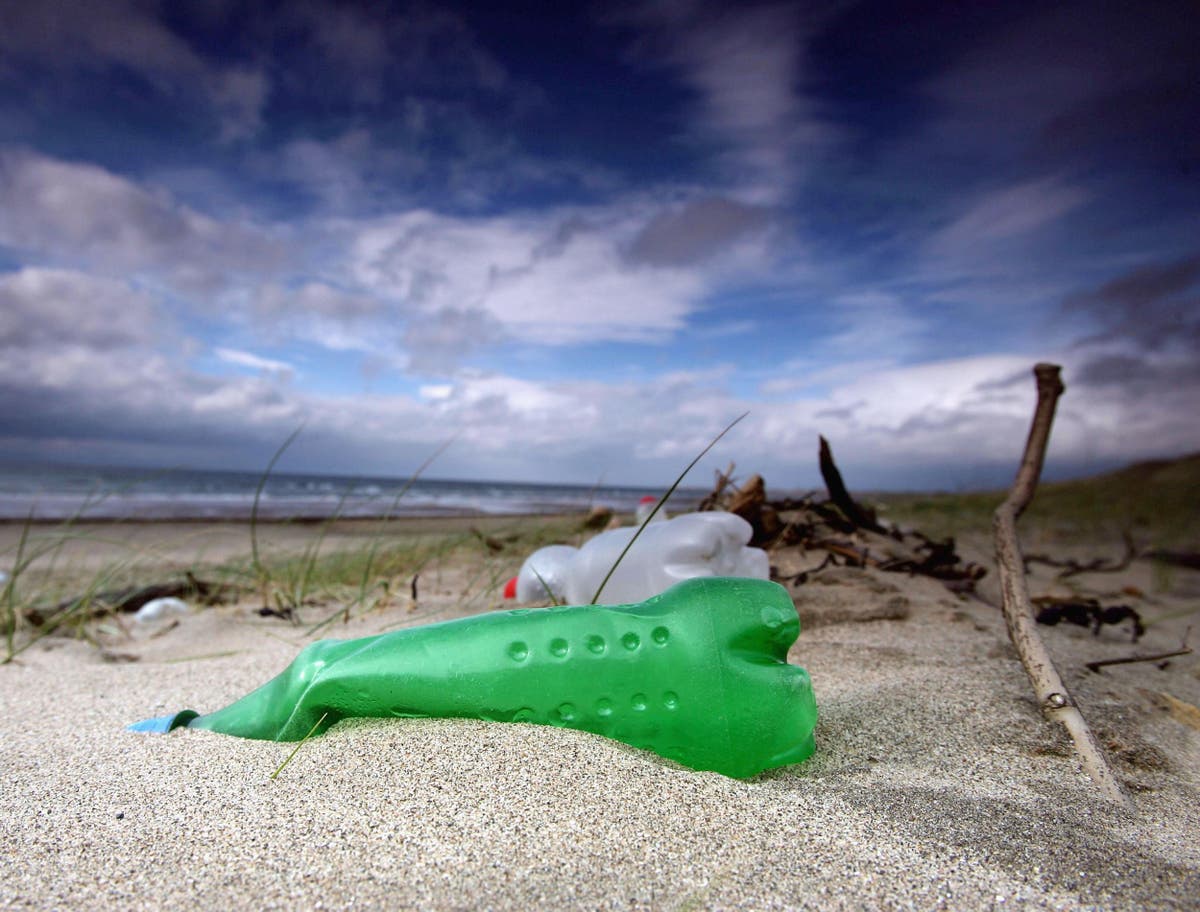
Government criticised for ‘dismal failure to keep climate promises’
The Independent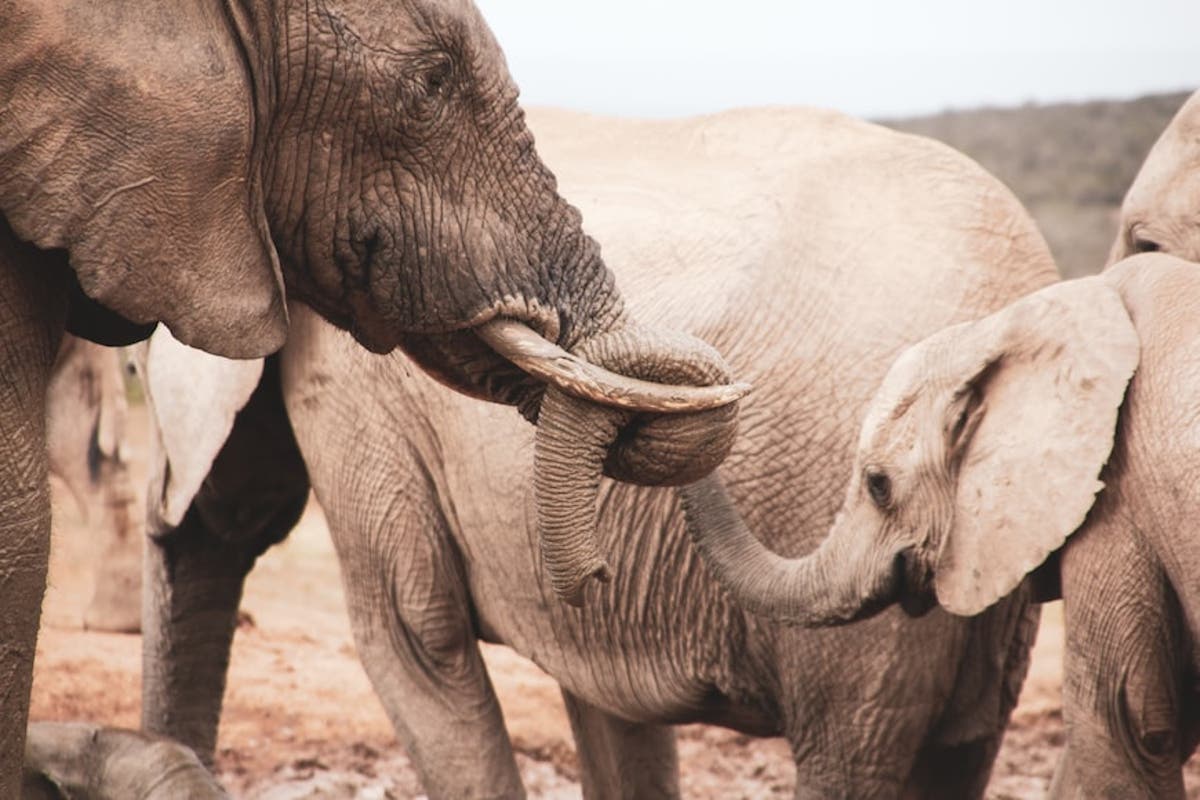
Climate change causes decline in wildlife - research
The Independent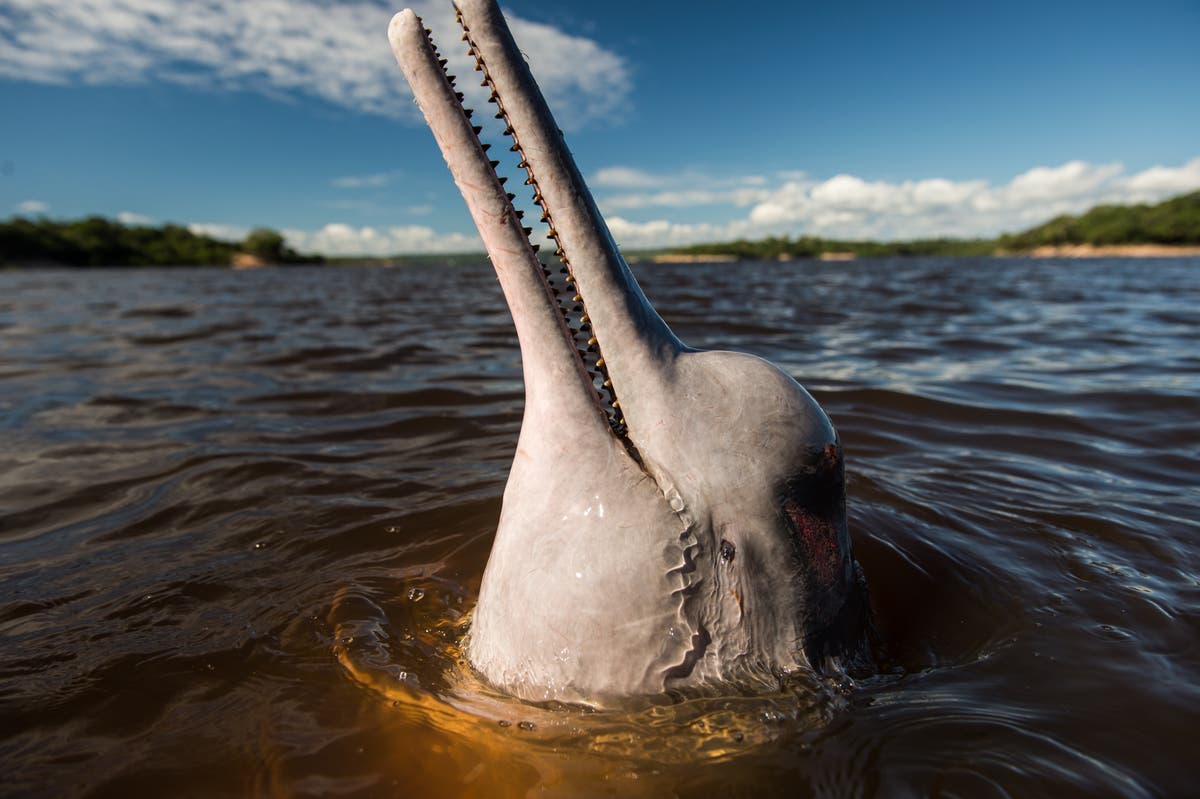
Global wildlife populations plummet since 1970
The Independent
Britain faces multiple global crises – but this government is ignoring them
The Independent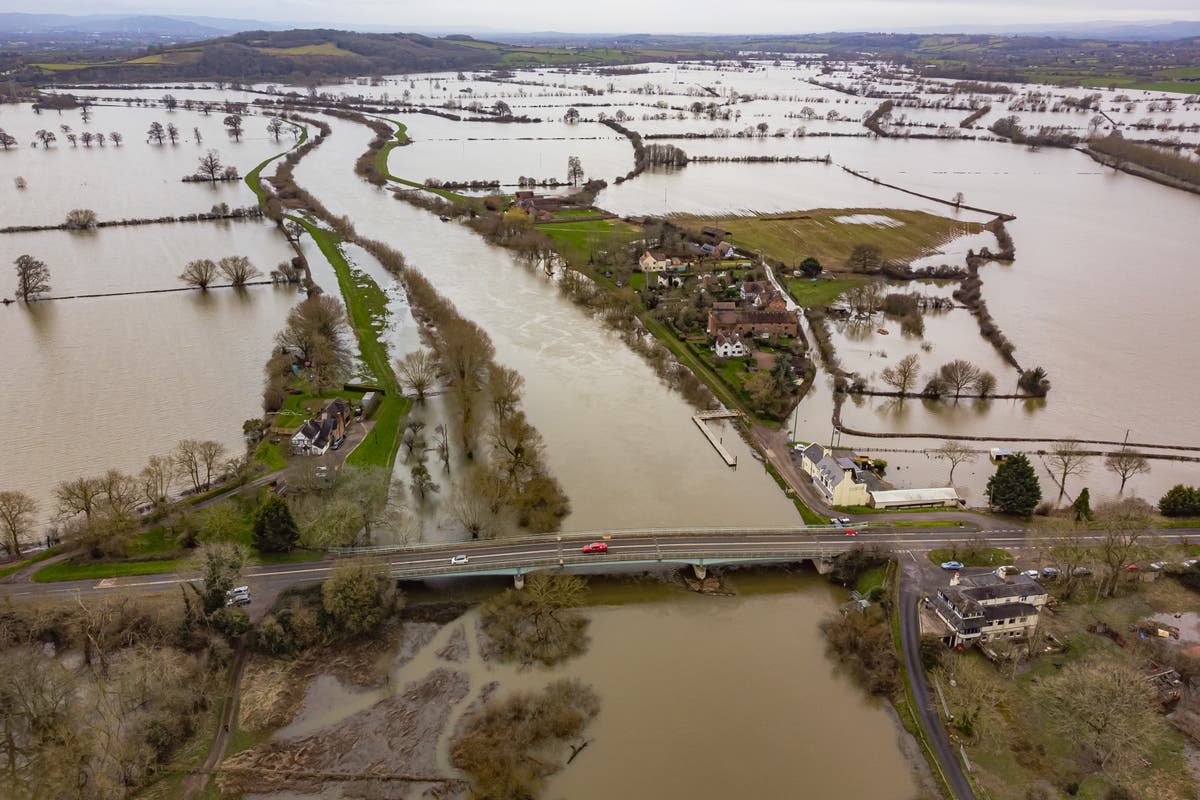
Adapt or die: Climate impacts for the UK and how we can cope with them
The Independent
UK wildlife campaigners call for legal right for everyone to have access to nature
The Independent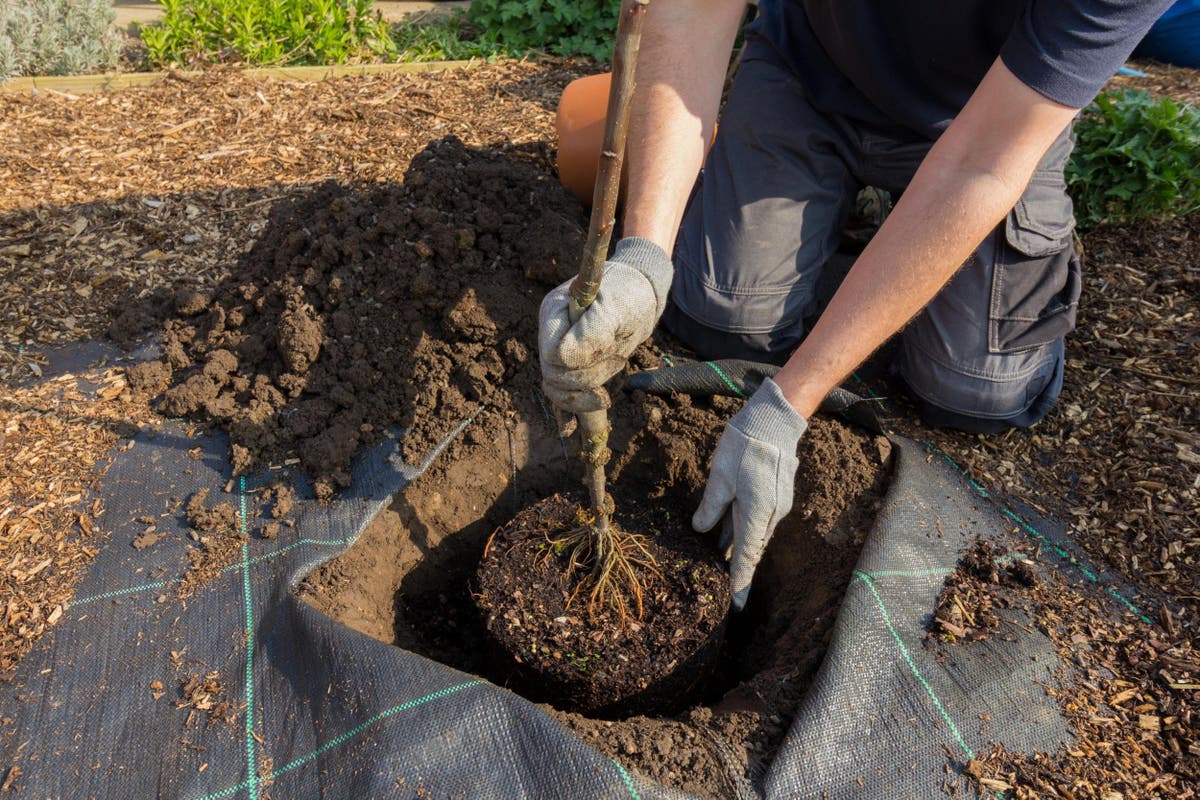
Rewild and protect land to ensure climate and nature crises are tackled together, scientists urge ahead of Cop26
The Independent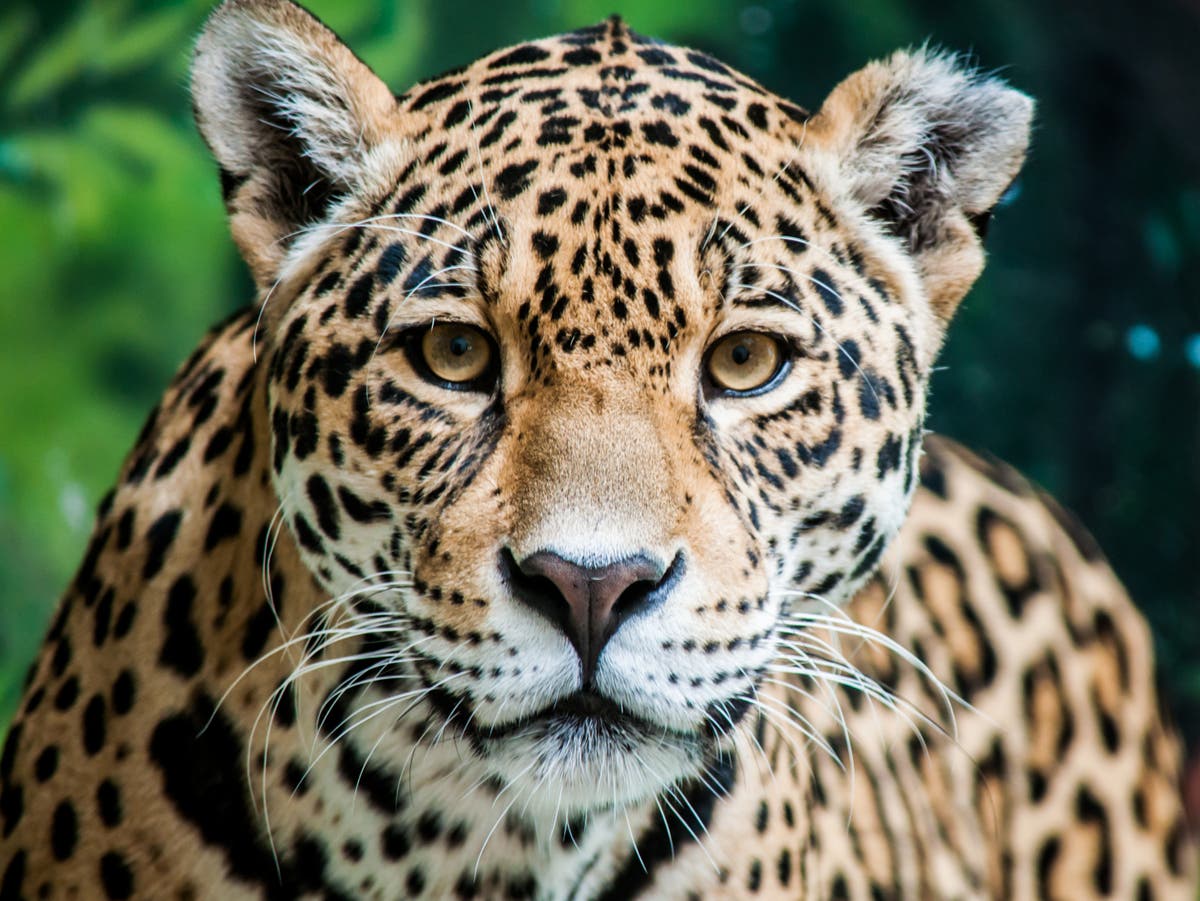
Declare ‘peak poultry’ to save jaguar and giant armadillos from extinction, experts tell ministers
The Independent
Tories making Britain greener than before Industrial Revolution, says Natural England boss
The Telegraph
Climate Change Tracker: Why 2021 is a crucial year to stop global warming
Live Mint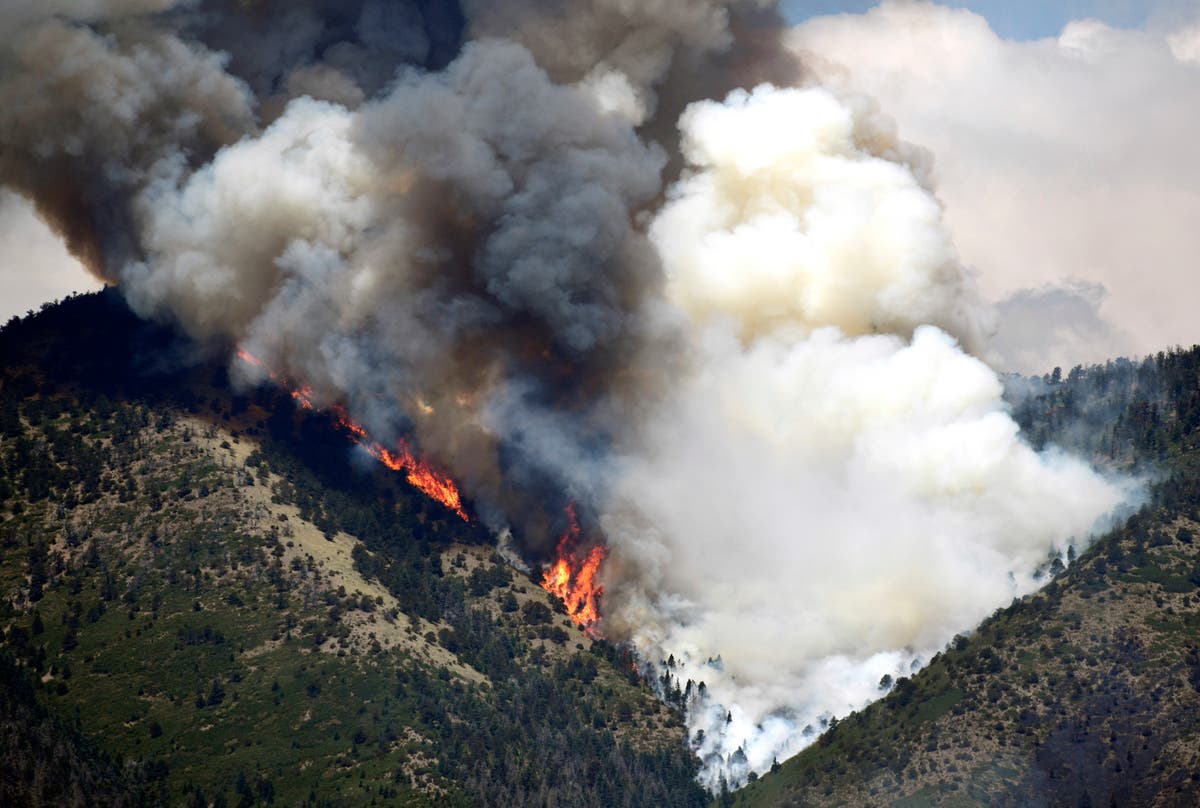
World must ‘transform relationship with nature’ to tackle environmental crises, says UN
The Independent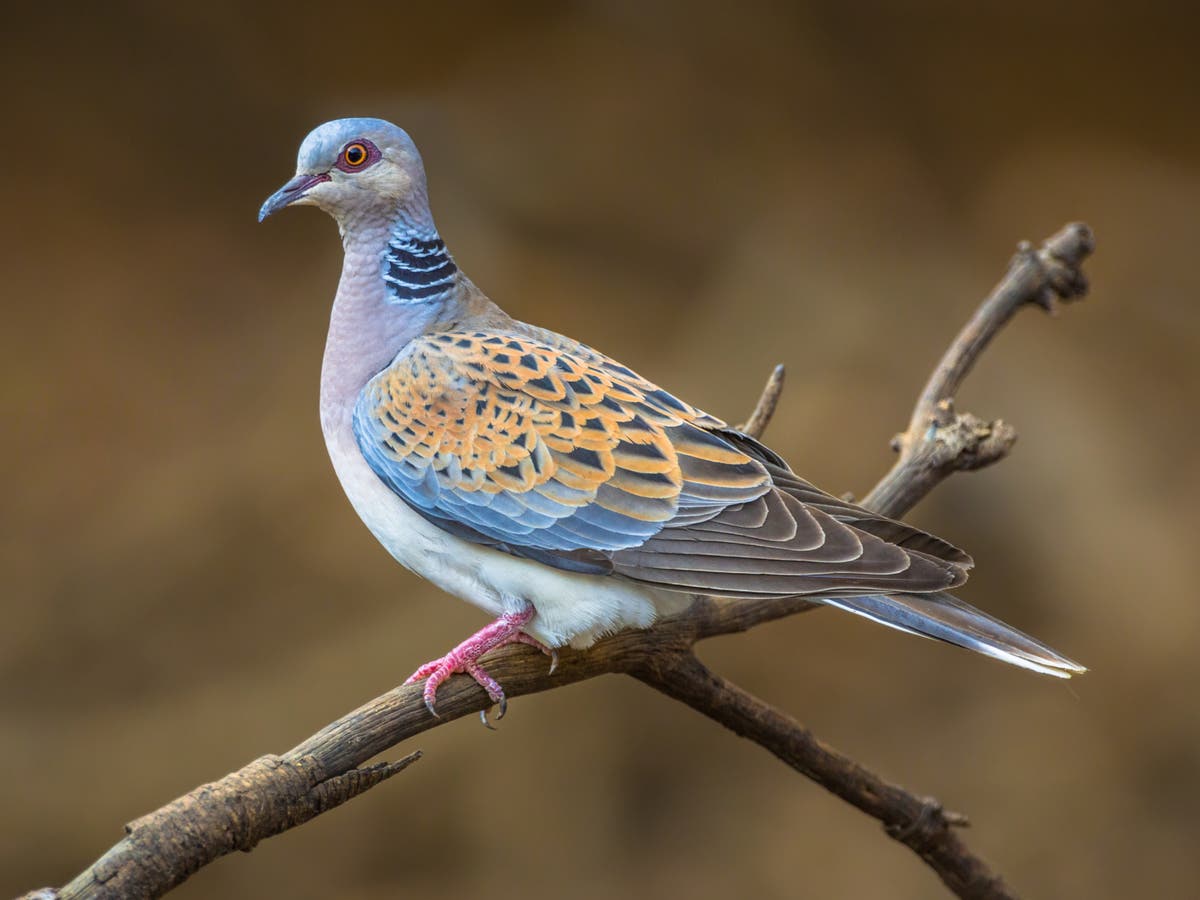
‘Nature is in crisis right now’: UK’s biodiversity loss highlighted in ‘damning’ government report
The Independent
Government’s ‘pitiful’ planning reforms ‘will cost Britain decades in fighting climate change’
The Independent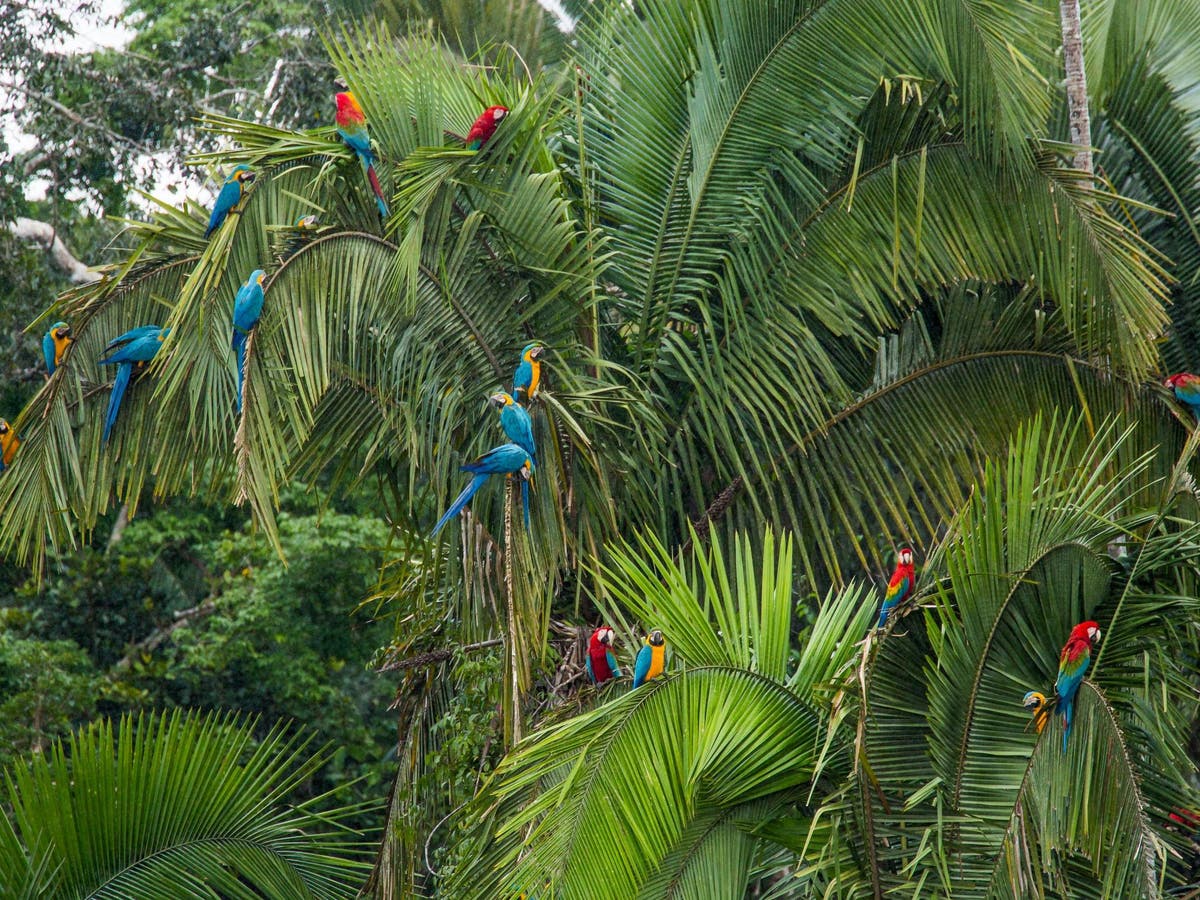
More than half of world’s forest wildlife lost in 40 years, study finds
The Independent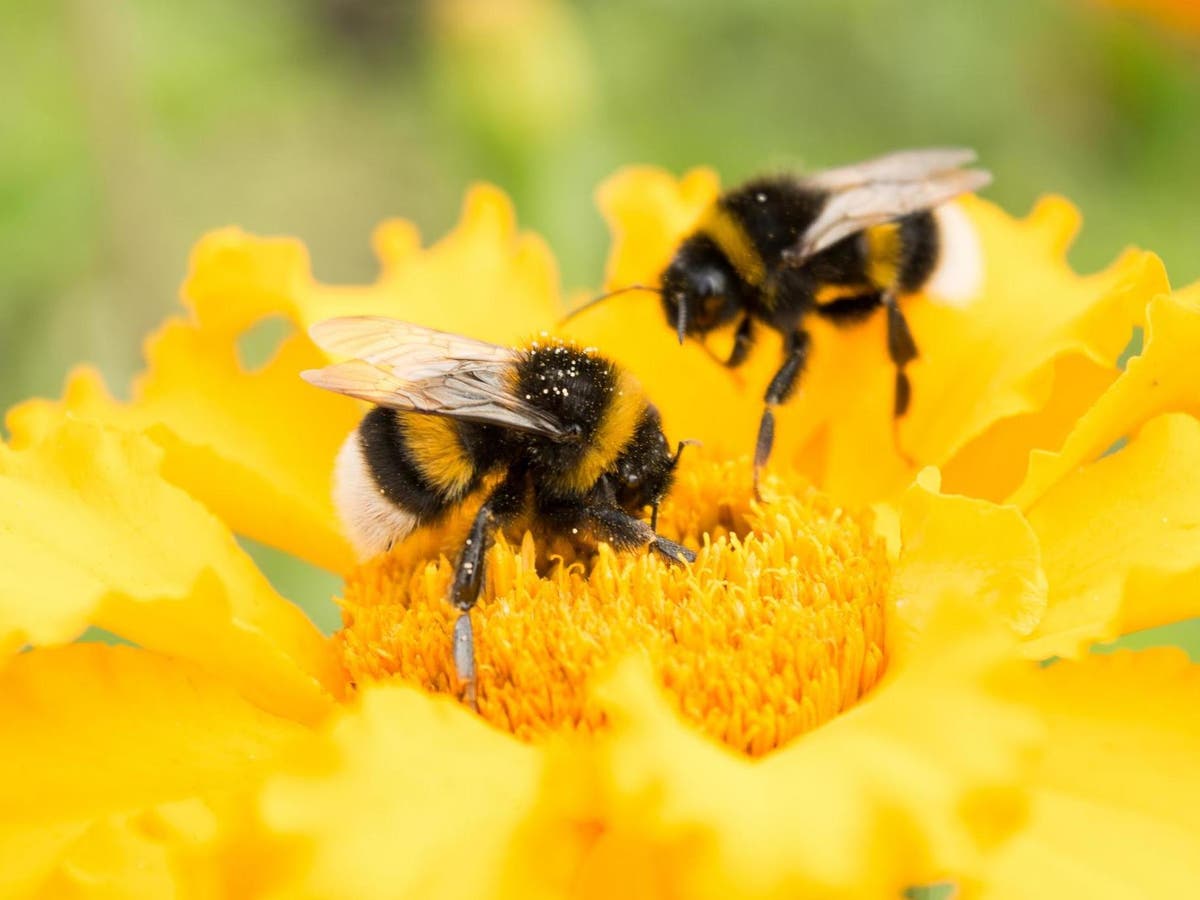
Killing off animals and plants now threatens humanity itself, UN experts warn in urgent call for action
The Independent
The ‘ecological foundations of society’ are in peril, a massive UN report warns
CNNDiscover Related
